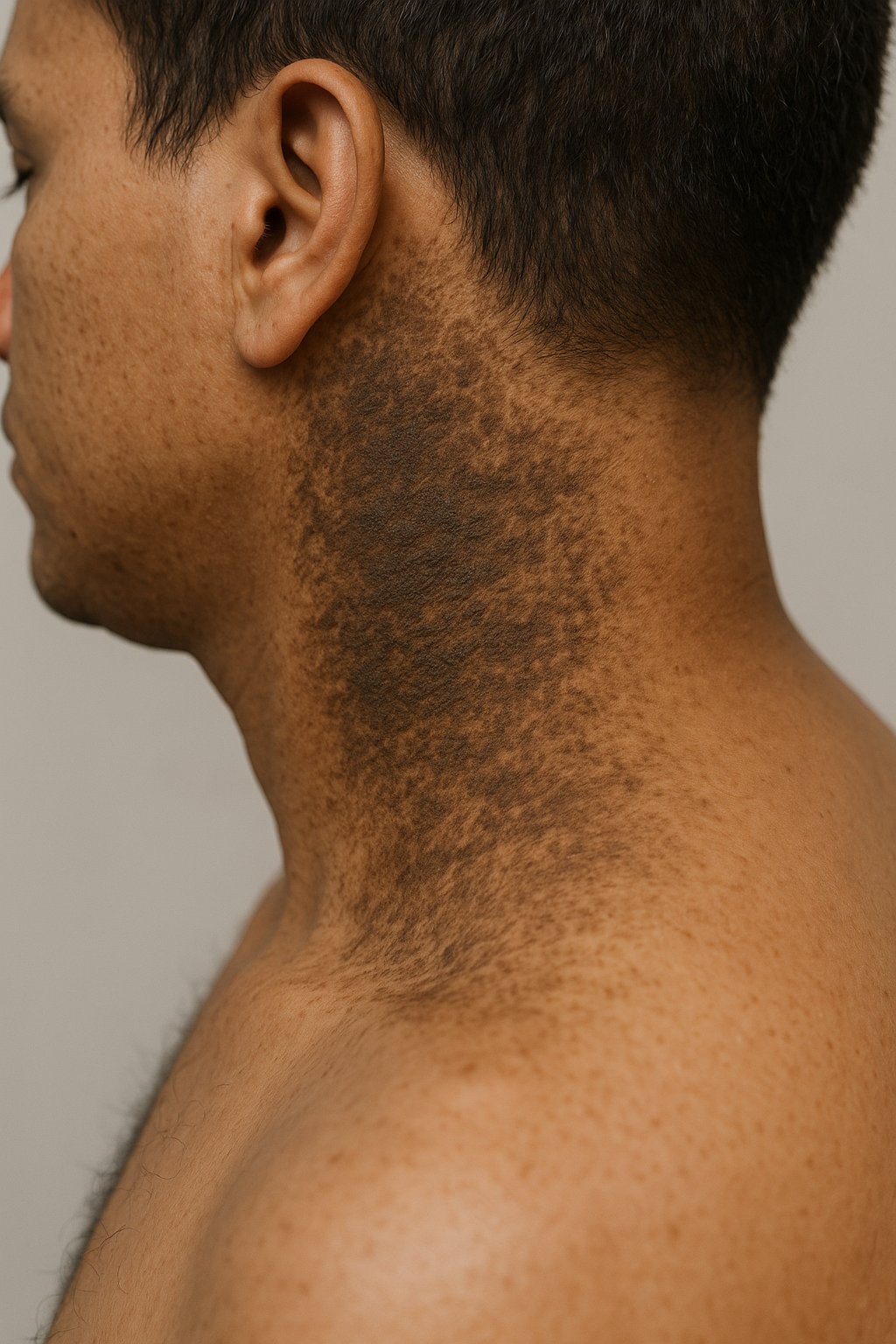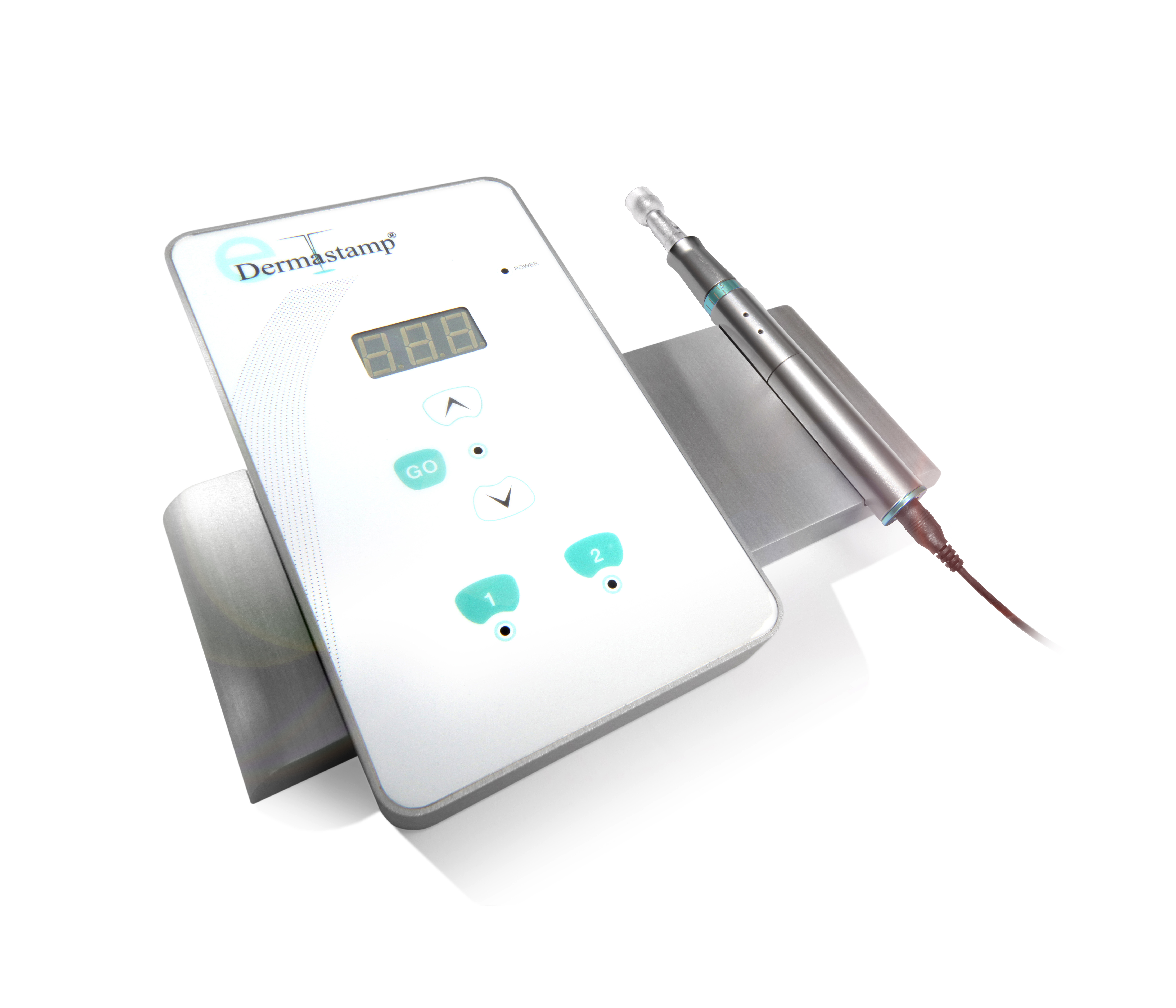Everything you need to know about Masks in Canada’s COVID19 response
Masks are regarded as one of the primary factors that can ensure efficient and effective return to “normal” life. They can promote not just the catalysis of re-opening the economy, but also ensure successful economical maintenance on daily basis. Other important factors include keeping social distancing, especially taking into account the vulnerable groups, personal hygiene (regular hand-washing and using disinfectants), and testing. It is important to note that masks do not replace the need for social distancing, they are just one of the main components of public health’s recommended strategies for reduction of COVID19 transmission.
Masks come in two broad categories: medical-grade and non-medical. Medical-grade includes surgical and N95 respirators. They are considered to be the best option for frontline healthcare workers in order to reduce the potential risk of COVID19. The non-medical category includes the cloth and/or homemade masks. This type of masks is recommended for the general public usage since it ensures the protection from symptomatic and asymptomatic transmission. COVID19 infection can be transmitted via air droplets that usually target the mouth area. These masks are reusable and easy accessible due to being made from commonly found materials.
The usage of masks by general public has been getting lots of controversial responses. 25-50% of COVID19 cases are reported to be asymptomatic, meaning that its carriers are not aware they are infected and will continue to spread the virus on others. It is known that 44% of the infections have been caused by asymptomatic and pre-asymptomatic transmissions. Masks are perceived as effective interventions and source control against different respiratory viruses. They tend to catch all the droplets that come from one’s nose and mouth, while breathing, speaking, sneezing, and/or coughing. It has been predicted if 80% of individuals would wear masks in public, then number of COVID19 cases will drop to 1/12th of current reports.
Canadian federal government made mandatory rules for wearing masks during air travelling. Public transportation (buses, trains, subways) already started introducing a policy for all staff and passengers to wear masks. Staff at vulnerable high-risk facilities (long-term care homes, shelters) and medical facilities (hospitals and physician officers) are also mandated to wear masks by the public health policies. It is highly recommended to wear masks at indoor facilities for both work (offices, business, grocery stores) and leisure (malls, stores, gyms). Any other situations and events where physical distance of 2 meters cannot be maintained require wearing a mask.
The only exception to masking rules are children who are two years and younger. Individuals who have medical conditions and/or disabilities that result difficulty in breathing while wearing a mask can also count for exception policies.
Overall, masks are regarded as a powerful source control against COVID19. They can provide freedom for the society because they help to reduce number of cases which in return can prevent future lockdowns and recurrent outbreaks. They should not be regarded as a symbol of sickness, but a symbol of health and altruism. Wearing a mask in public demonstrates a polite gesture and shows compassion for each other.
5 Comments
Comments are closed.
Related Posts




Really valuable information! Gained a lot of insights regarding importance of wearing masks during pandemic.
I really liked this post. Very educational!
Very interesting and useful article!
Great post!
Masks have became the new norm. So glad you explained why it is important to wear masks from the medical perspective. Definitely sharing this with my family and friends.